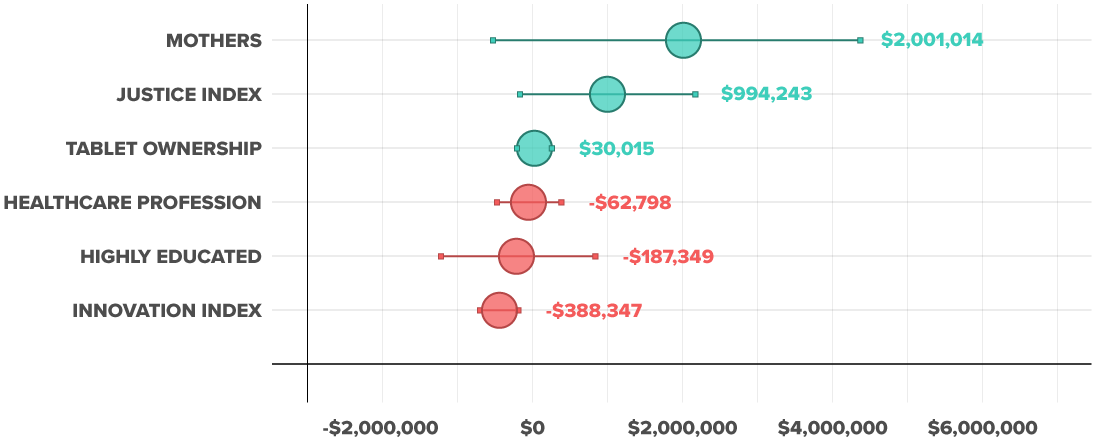What We Do.
HUGO Analytics is the leader in crowd-sourcing, jury tests, and data analytics. Based on our research begun at Harvard, our methods published in the New England Journal of Medicine, and our findings featured on NBC News, Wall Street Journal, and NPR, this team uses randomized experiments and robust statistical methods to predict the best strategy for a case. Over nearly a decade of scholarly and commissioned research, we have tested dozens of cases with over 10,000 respondents.
We conduct an initial pilot study.
With about 100 respondents, this quick and early look at the case provides a baseline, finds weak points, and identifies key questions for study.
We create an in-depth juror experience.
For our primary investigation, respondents will spend about 30 minutes watching a rich case presentation video, including key testimony, documents, or video evidence. They also spend about 15 minutes answering questions about themselves and the case.
We use randomized experiments.
Rather than collecting reactions to a single version of the case or guessing at strategies, we use true experiments, which allow causal inference. We can test multiple themes, damages demands, alternative expert witnesses, or the effect of settling with some parties, for examples.
We reach over a thousand respondents.
For the primary investigation, we give you the statistical power to make precise estimates and to identify smaller subsets of jurors who may have strong reactions.
We create real outcomes.
We are trained attorneys who understand the need to use the jury instructions and verdict forms that actual jurors will see, because these can matter.
We apply behavioral insights to develop trial strategies.
Psychological research on how people process information and make decisions has progressed rapidly over the last twenty years. We’re experts on the latest work and bring this to bear in developing case strategies.
We test custom voir dire questions.
In addition to standard demographics, we construct potential questions, test their predictive validity, and can score jurors’ favorability likelihood.
We get the right respondents.
We always target the states similar to the trial venue, but can also scale down to the state or county level. When there are important cultural or racial themes, we can oversample those populations.
We make sense of hundreds of pages of qualitative juror responses.
We hand-code a sample and use artificial intelligence, such as IBM Watson, to detect themes and sentiment.
We provide a comprehensive report with powerful visualizations.
We provide descriptive statistics, multivariate analyses, and visualize liability and damages awards.
An Example of Our Work:
Correlations between voir dire questions and case expected value
